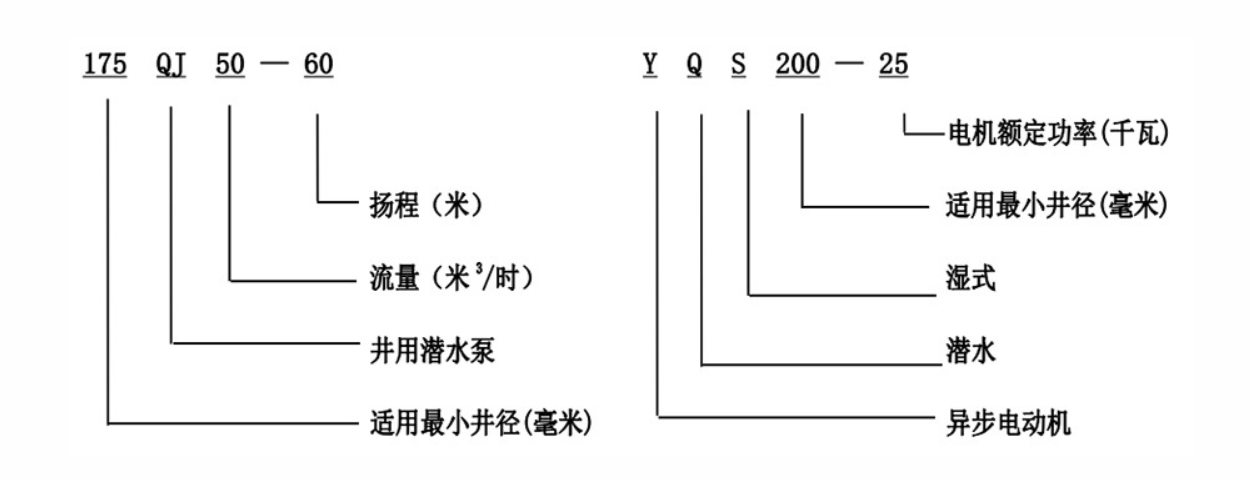Nov . 21, 2024 14:21 Back to list
submersible water pump not working
Troubleshooting a Submersible Water Pump Common Issues and Solutions
Submersible water pumps are essential tools for a variety of applications, from draining flooded basements to irrigating gardens. However, encountering problems with a submersible water pump is not uncommon. If your pump is not working, it can be both frustrating and concerning. Let’s explore some common issues that can cause a submersible water pump to fail and how to troubleshoot them effectively.
1. Power Issues
The first step in troubleshooting a non-working submersible water pump is to check the power supply. Ensure that the pump is plugged in and that the outlet is functioning. You can do this by testing the outlet with another device, such as a lamp or a phone charger. If the outlet is dead, check your circuit breaker panel for any tripped breakers. Resetting the breaker may solve the problem.
Furthermore, water pumps should be connected to a power source with adequate voltage. Double-check the voltage specifications for your specific pump and ensure that the power supply matches these requirements. Low voltage can prevent the pump from starting.
2. Float Switch Malfunctions
Most submersible pumps are equipped with a float switch that automatically turns the pump on and off based on the water level. If the float gets stuck or malfunctioned, the pump may not operate correctly. Examine the float switch for any obstructions or debris that could impede its movement. Cleaning or repositioning the float may resolve the issue. If the float switch is faulty, consider replacing it with a new one.
3. Clogged Filters or Impellers
submersible water pump not working

Debris can accumulate in various parts of the submersible water pump, particularly in the intake filter or impeller. When the filter becomes clogged, water flow is restricted, leading to pump failure. To troubleshoot this issue, turn off the power to the pump and remove it from the water. Inspect the intake screen and impeller for clogs, and clean them thoroughly. Regular maintenance, including removing any accumulated dirt or debris, can prevent this problem from recurring.
4. Overheating
Submersible pumps can overheat if they are operated for extended periods without proper cooling. This can happen if the pump is running while not submerged or if the water level drops too low. Overheating can lead to permanent damage to the motor. To avoid this issue, always make sure that the pump is fully submerged during operation and consider using a thermal overload switch to turn off the pump automatically in case of excessive heat.
5. Mechanical Failures
If all the previous checks do not solve the problem, it may be time to investigate potential mechanical failures. Listen for unusual noises when the pump is powered on. Grinding or rattling sounds can indicate worn-out bearings or other internal components that may require repair or replacement. Checking for leaks around the pump housing can also help identify internal mechanical issues.
Conclusion
When your submersible water pump is not working, it is essential to take a systematic approach to troubleshooting. Start by ensuring that power supply and float switches are functioning properly, then check for clogs, overheating, and mechanical issues. Regular maintenance and prompt attention to any signs of trouble can extend the life of your pump and ensure it operates effectively when you need it the most. If the problem persists despite your efforts, consulting with a professional technician may be necessary to identify and resolve more complex issues.
-
Submersible Water Pump: The Efficient 'Power Pioneer' of the Underwater World
NewsJul.01,2025
-
Submersible Pond Pump: The Hidden Guardian of Water Landscape Ecology
NewsJul.01,2025
-
Stainless Well Pump: A Reliable and Durable Pumping Main Force
NewsJul.01,2025
-
Stainless Steel Submersible Pump: An Efficient and Versatile Tool for Underwater Operations
NewsJul.01,2025
-
Deep Well Submersible Pump: An Efficient 'Sucker' of Groundwater Sources
NewsJul.01,2025
-
Deep Water Well Pump: An Efficient 'Sucker' of Groundwater Sources
NewsJul.01,2025
-
 Submersible Water Pump: The Efficient 'Power Pioneer' of the Underwater WorldIn the field of hydraulic equipment, the Submersible Water Pump has become the core equipment for underwater operations and water resource transportation due to its unique design and excellent performance.Detail
Submersible Water Pump: The Efficient 'Power Pioneer' of the Underwater WorldIn the field of hydraulic equipment, the Submersible Water Pump has become the core equipment for underwater operations and water resource transportation due to its unique design and excellent performance.Detail -
 Submersible Pond Pump: The Hidden Guardian of Water Landscape EcologyIn courtyard landscapes, ecological ponds, and even small-scale water conservancy projects, there is a silent yet indispensable equipment - the Submersible Pond Pump.Detail
Submersible Pond Pump: The Hidden Guardian of Water Landscape EcologyIn courtyard landscapes, ecological ponds, and even small-scale water conservancy projects, there is a silent yet indispensable equipment - the Submersible Pond Pump.Detail -
 Stainless Well Pump: A Reliable and Durable Pumping Main ForceIn the field of water resource transportation, Stainless Well Pump has become the core equipment for various pumping scenarios with its excellent performance and reliable quality.Detail
Stainless Well Pump: A Reliable and Durable Pumping Main ForceIn the field of water resource transportation, Stainless Well Pump has become the core equipment for various pumping scenarios with its excellent performance and reliable quality.Detail
